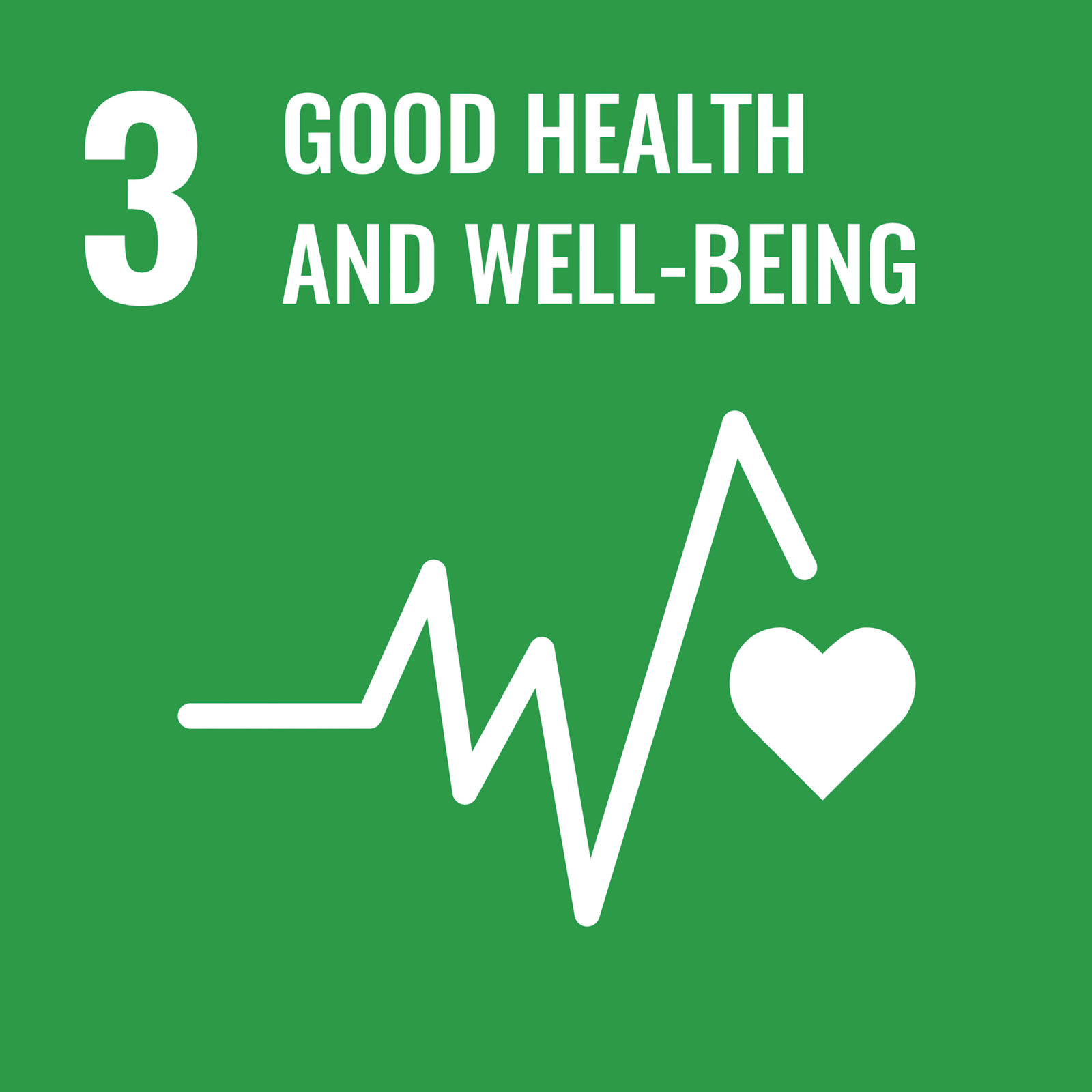Air quality norms
What air quality norms are we dealing with?
In addition to the European air quality norms, the World Health Organization (WHO) has drawn up so-called Air Quality Guidelines for outdoor air: the WHO advisory values.
The Gezondheidsraad (Health Council) of the Netherlands has also mapped out the health effects of air pollution. Its conclusion was that European norms do not sufficiently protect against the health effects of air pollution. That is why the Gezondheidsraad advises reducing air pollution to below the WHO advisory values. Below that level, no more harmful health effects are to be expected.

Important air quality norms
(annual mean)
| Parameter | Concentration | Status |
| NO2 | 40 µg/m3 | EU-norm/ WHO advisory value |
| PM10 | 40 µg/m3 | EU-norm |
| PM10 | 20 µg/m3 | WHO advisory value |
| PM2,5 | 25 µg/m3 | EU-norm |
| PM2,5 | 20 µg/m3 | Indicative EU-norm, since 2020 |
| PM2,5 | 10 µg/m3 | WHO advisory value |
| Black carbon * | 1,03 µg/m3 | WHO guideline value |
Nitrogen dioxide
Nitrogen dioxide (NO2) is a gas that is largely produced during the burning of fossil fuels. Nitrogen dioxide can contribute to smog.
Particulate matter
Particulate matter refers to all particles in the air with a diameter of less than 10 micrometres (µm). Particulate matter originates from traffic, cattle farms, industry and natural sources (such as sea salt). Particulate matter is often referred to as PM (Particulate Matter). In addition to PM10 (diameter smaller than 10 µm), the concentration of PM2.5 (diameter smaller than 2.5 µm) is also important.
Ultrafine particles
(UFP) These are particles with a diameter of less than 0.1 µm.
Black carbon particles
Black carbon stands for the concentration of elemental carbon (EC) and is produced during (un)complete combustion. Half of the concentration is caused by road traffic emissions (especially diesel vehicles).
*There is no European norm for black carbon and no WHO advisory value.
The WHO does, however, informally have a (health) guideline value.
of 1,03 µg/m3.
Background concentration
Air quality is largely determined by the so-called background concentration. These are the pollutants from, for example, national roads, agriculture and industry that spread (diffuse) over a larger area.
Sustainable Development Goals (SDG)

By improving the air quality we create a pleasant and healthier living environment for residents, businesses and visitors in cities and rural areas. In this way we contribute to the Sustainable Development Goals #SDG3 and #SDG11.
The seventeen goals are a global compass for challenges such as poverty, education and the climate crisis. This is how we will make the world a better place in 2030.




